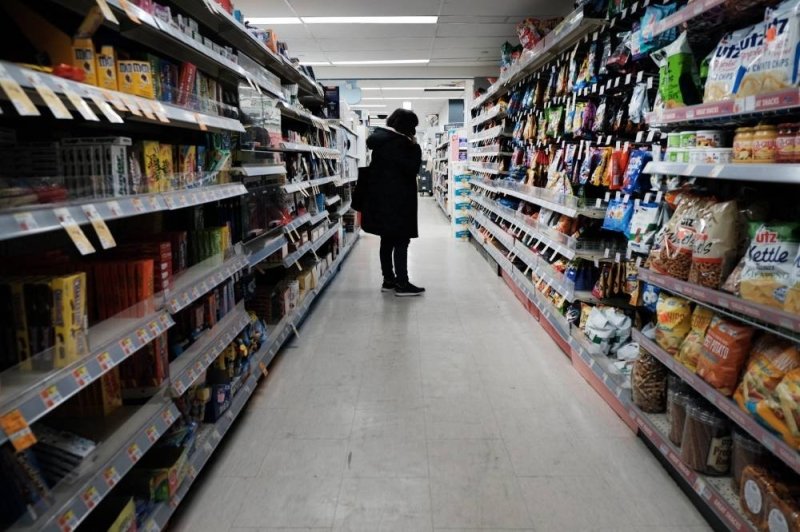Inflation has skyrocketed in the United States from March to today. According to the Federal Reserve, the figure is already 6.6%, compared to a year ago, the highest jump in a 12-month period in four decades and is further proof that rising prices they are putting pressure on family budgets and the health of the economy.
But on Friday the Commerce Department said inflation may be slowing growth and may stall, at least for now.
Yet despite sky-high prices, consumer spending rose faster than inflation for the third month in a row, meaning rising prices haven’t dampened Americans’ desire to spend.
The impact of the pandemic on the economy is also fading as consumers return to spending on travel, concerts and dining out. That follows a two-year increase in spending, also caused by the pandemic, on items such as stationary bicycles, patio furniture and standing desks, that is, objects to use at home in the absence of exits to the street.
“The change to services helps contain inflation because the prices of services increase more slowly than those of goods,” explains economist Antonio Benavides.
In his view, excluding the especially volatile food and energy categories, so-called core prices rose 5.2% in March from a year earlier. This was slightly down from the 5.3% semi-annual increase in February, and was the first time that 12-month figure had declined since February 2021, before inflation peaked.
And month over month, core prices increased 0.3% from February to March, the same as from January to February. Previously, it had risen half a point for four consecutive months.
“It’s really nice to see the slowdown [de la inflación subyacente]”, said Bill Adams, chief economist at Comerica Bank, in an email to clients, to which the AP agency had access. “Inflation may have peaked in March, although the evidence is still a bit ambiguous. But the push from inflation is still very strong.”
Headline inflation jumped 0.9% from February to March, the biggest monthly gain since 2005. Gasoline prices soared 18% in March alone. But the rate of increase has fallen since the beginning of May, a sign that it may slowly start to taper off.
On the other hand, consumers increased their spending by 1.1% last month, more than many economists expected. The gain largely reflected higher prices at the gas pump, grocery stores and other places where Americans shop for necessities. But even adjusted for inflation, spending was up 0.2%.
Strong wage and salary gains are helping many consumers manage higher costs. A Labor Department report showed employee pay and benefits rose 1.4% for the first three months of the year, before adjusting for inflation. That was the largest such increase in records going back two decades.
However, the gain is not large enough to fully offset the higher prices. In the past year, wages and benefits increased 4.7%. But after adjusting for inflation, they are down 3.7%.
That decline helps explain why Americans have an increasingly negative view of the economy.
Consumers keep their spending down by taking advantage of the extra savings they accumulated during the pandemic. But the savings rate fell to 6.2% in March, the lowest level since 2013.
A smaller savings amount may eventually restrict consumers, but that is unlikely in the short term.

















